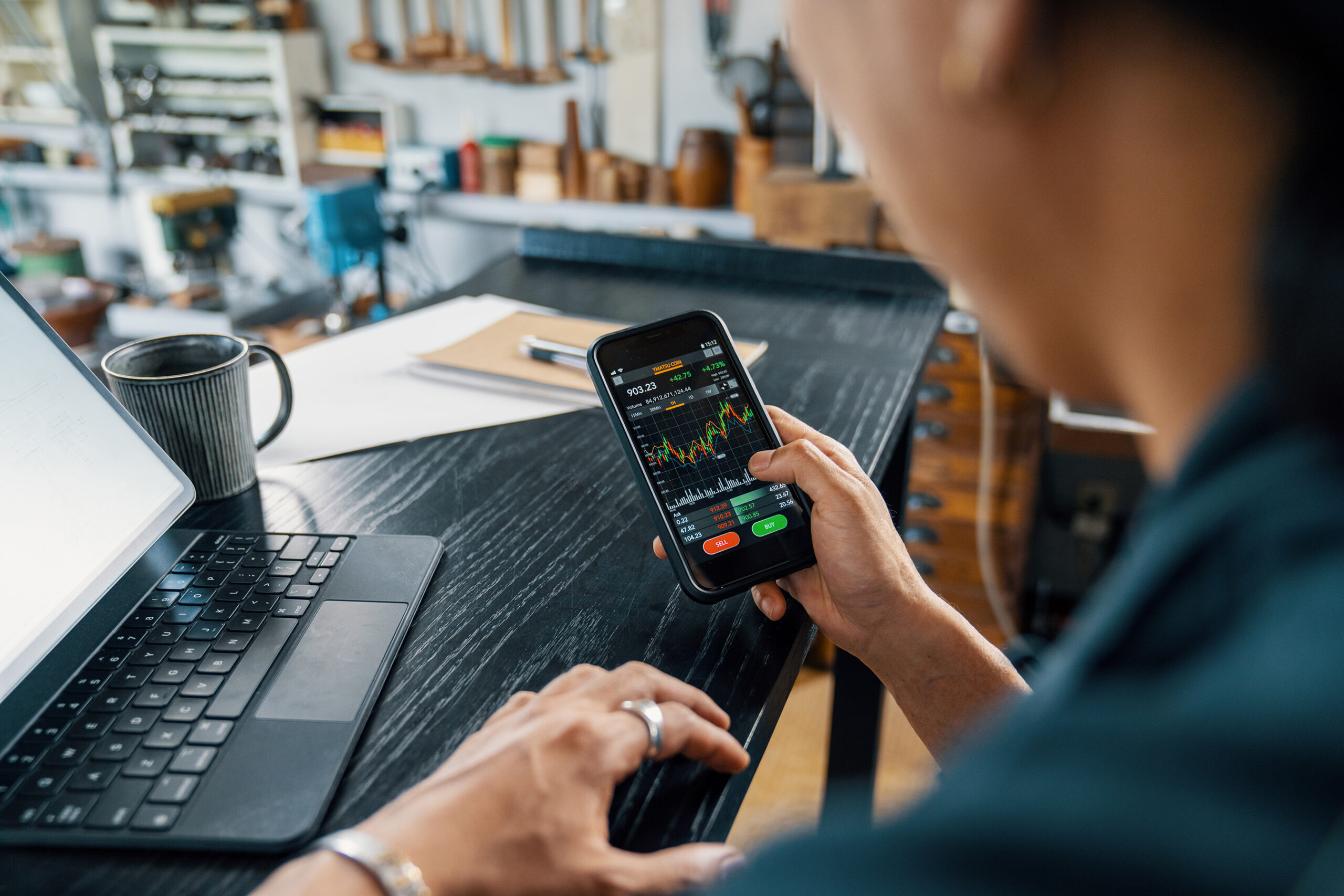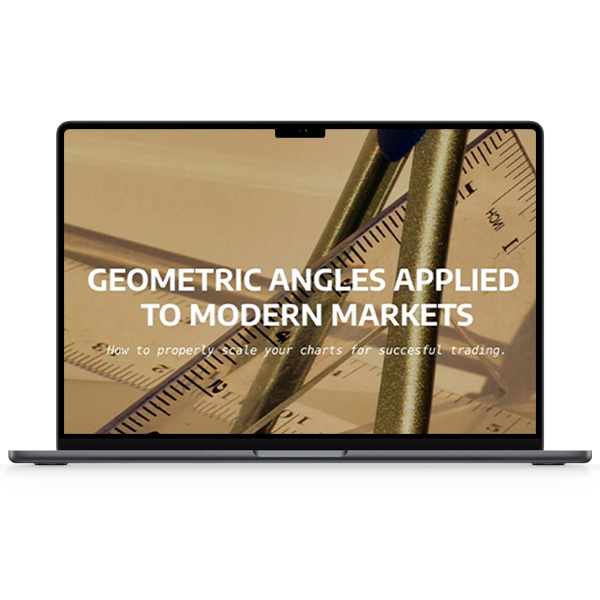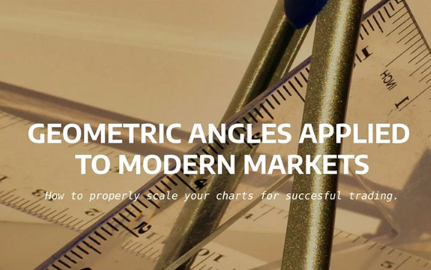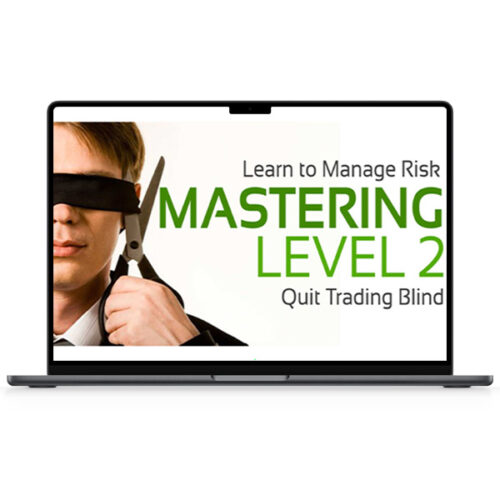Geometric Angles Applied To Modern Markets
Original price was: $682.00.$20.00Current price is: $20.00.
- 24/7 Contact Support & Fast Chat
- Original Courses HD Quality
- Courses Are Updated
- Checked Download Links
- Guaraneed Safe Checkout
Description
Geometric Angles Applied To Modern Markets
Master Market Trends with the Geometric Angles Applied To Modern Markets Course
In the complex and ever-evolving world of financial markets, traders and investors constantly seek innovative strategies to gain a competitive edge. The Geometric Angles Applied To Modern Markets course offers a groundbreaking approach that merges the timeless principles of geometry with contemporary market analysis techniques.
This course comprehensively explains how geometric angles, such as Fibonacci retracements, Gann angles, and Andrews’ pitchfork, can be applied to analyze market trends and price movements. Whether you are a seasoned trader or just starting out, this course equips you with the knowledge and tools to make more informed trading decisions and enhance your financial strategies.
Why Should You Consider the Geometric Angles Applied To Modern Markets Course?
How Do Geometric Angles Enhance Market Analysis?
The concept of using geometric angles in market analysis is not new, but its application in modern markets offers fresh perspectives and insights. The Geometric Angles Applied To Modern Markets course delves into how these mathematical principles can be used to interpret price trends, identify key support and resistance levels, and predict potential market turning points. By understanding and applying geometric angles, traders can gain a deeper insight into market behavior, allowing them to anticipate price movements with greater accuracy. This course teaches you how to integrate these techniques into your trading strategy, giving you a distinct advantage in navigating today’s dynamic financial markets.
What Foundational Knowledge Will You Gain in the Course?
Before diving into advanced applications, the course begins with a thorough exploration of the foundational concepts of geometric angles. You will learn about the origins and principles behind tools like Fibonacci retracements, Gann angles, and Andrews’ pitchfork. These concepts are rooted in geometry and mathematics, providing a solid base for understanding how they can be applied to modern market analysis. By mastering these basics, you will be equipped to use geometric angles to assess market conditions, identify potential entry and exit points, and make more confident trading decisions.
What Role Do Fibonacci Retracements and Extensions Play in Market Analysis?
How Can Fibonacci Retracements Help You Identify Market Reversals?
Fibonacci retracements are one of the most widely used tools in technical analysis, and for a good reason. The Geometric Angles Applied To Modern Markets course covers how these retracement levels, derived from the Fibonacci sequence, can help traders identify potential reversal points in market trends. By applying Fibonacci retracement levels to price charts, you can pinpoint areas where prices are likely to reverse or consolidate. This knowledge is invaluable for setting up strategic entry and exit points and managing risk more effectively.
Fibonacci retracements work by dividing the vertical distance between two significant price points—usually a high and a low—into key percentages: 23.6%, 38.2%, 50%, 61.8%, and 100%. These levels are then used to forecast potential areas of support or resistance. Traders often use these levels to gauge whether a trend is likely to continue or reverse, making them a critical component of any trading strategy. The course provides practical examples and exercises to help you apply these retracements to real-world market scenarios, enhancing your ability to anticipate market movements.
What Are Fibonacci Extensions and How Do They Set Profit Targets?
While Fibonacci retracements are used to identify potential reversal levels, Fibonacci extensions help traders project possible price targets beyond the initial trend. In the Geometric Angles Applied To Modern Markets course, you’ll learn how to use Fibonacci extensions to forecast where the price might head next. This is particularly useful for setting profit targets and managing your trades more precisely.
Fibonacci extensions are calculated by projecting the Fibonacci ratios beyond the current trend, providing potential levels where the price may resist. These levels can be crucial for determining where to take profits or where the market might stall after a significant move. Understanding how to apply Fibonacci extensions allows you to set realistic profit targets and improve your risk management practices, making this technique an indispensable part of your trading toolkit.
How Do Gann Angles and Time Analysis Contribute to Trading Success?
What Are Gann Angles and How Do They Integrate Price and Time?
Gann angles, developed by the legendary trader W.D. Gann, are a unique tool that combines price and time analysis to forecast market trends. The Geometric Angles Applied To Modern Markets course explores how these angles can be used to predict price movements and identify potential trend reversals. Gann angles are based on the idea that price movements occur in predictable geometric patterns over time. By drawing these angles from significant highs and lows on a price chart, traders can gain insights into the timing of market trends and make more informed decisions.
Gann angles are typically plotted at specific angles, such as 45 degrees, to visually represent how price and time interact. These angles can indicate whether a market is in an uptrend, downtrend, or consolidation phase. By understanding how to apply Gann angles, you can better anticipate when a trend might reverse or continue, allowing you to time your trades more effectively. This course provides a detailed breakdown of how to use Gann angles in conjunction with other technical analysis tools to enhance your market forecasts.
How Can Gann Time Analysis Improve Your Trading Strategy?
Time analysis is a crucial component of Gann’s methodology, and the Geometric Angles Applied To Modern Markets course delves into how this concept can be applied to modern trading. By analyzing the timing of market movements, traders can predict when significant price changes are likely to occur. This allows for more strategic entry and exit points, improving the overall effectiveness of your trading strategy.
Gann time analysis involves examining historical price data to identify patterns and cycles that may repeat in the future. By understanding these cycles, you can anticipate when key market turning points might occur, giving you an edge in timing your trades. The course provides practical examples of how to apply Gann time analysis to various markets, helping you develop a more robust trading strategy that incorporates both price and time elements.
How Can Andrews’ Pitchfork and Trend Channels Guide Your Trades?
What Is Andrews’ Pitchfork and How Does It Identify Trend Channels?
Andrews’ pitchfork is a powerful tool for identifying trend channels and potential reversal points within market trends. The Geometric Angles Applied To Modern Markets course teaches you how to use this tool to analyze price movements and predict future trends. By drawing three parallel lines based on significant price pivots, Andrews’ pitchfork helps you visualize potential support and resistance areas, making it easier to anticipate market direction.
The pitchfork is constructed by selecting three key points on a price chart—usually a high, a low, and a retracement point. These points form the basis for the three parallel lines that define the trend channel. The central line, or median line, acts as a magnet for price movements, while the outer lines serve as boundaries for the trend. Understanding how to use Andrews’ pitchfork allows you to identify the strength and direction of a trend and potential reversal points, enhancing your ability to make strategic trading decisions.
How Can Trend Channels Improve Your Market Forecasting?
Trend channels are an essential aspect of technical analysis, and the Geometric Angles Applied To Modern Markets course provides a deep dive into how they can be used to improve your market forecasting. By identifying trend channels with tools like Andrews’ pitchfork, you can better understand the market’s direction and potential future movements. This knowledge is crucial for setting entry and exit points and managing risk effectively.
Trend channels are formed by drawing parallel lines along the highs and lows of a price trend. These channels can help you determine whether a market is trending upward, downward, or sideways, providing a framework for trading decisions. The course teaches you how to apply trend channels to various markets, from stocks to commodities to cryptocurrencies, giving you a versatile toolset for navigating different market conditions.
How Can Geometric Angles Be Applied to Modern Markets?
Why Are Geometric Angles Relevant in Today’s High-Frequency Trading Environment?
Traditional analysis tools may not always provide the insights needed to stay ahead in today’s fast-paced markets, characterized by high-frequency trading and algorithmic strategies. The Geometric Angles Applied To Modern Markets course demonstrates how geometric angles can be applied to modern markets to gain a competitive edge. By incorporating these principles into your trading strategy, you can better understand market sentiment, identify hidden patterns, and anticipate potential turning points with greater precision.
Geometric angles offer a unique perspective that goes beyond standard technical analysis. In markets driven by complex algorithms and high-speed trading, the ability to recognize geometric patterns and angles can give you an advantage in identifying market trends before they become apparent to others. This course provides practical guidance on how to apply geometric angles to modern trading scenarios, helping you stay ahead of the curve and make more informed trading decisions.
How Do You Integrate Geometric Angles with Risk Management?
While geometric angles provide valuable insights into market dynamics, effective risk management is essential for long-term success. The Geometric Angles Applied To Modern Markets course emphasizes integrating geometric analysis with robust risk management strategies. Combining these tools can protect your capital, preserve profitability, and minimize potential losses.
The course teaches you how to set stop-loss orders, diversify your portfolio, and adhere to disciplined trading plans, all while applying geometric angles to your analysis. This approach ensures that you are making informed decisions based on market trends and managing your risk effectively. By the end of the course, you will have a comprehensive understanding of how to use geometric angles and risk management techniques to confidently navigate the markets.
Conclusion: Elevate Your Trading with the Geometric Angles Applied To Modern Markets Course
The Geometric Angles Applied To Modern Markets course offers a unique fusion of mathematical principles and technical analysis methodologies, providing traders with a powerful toolkit for analyzing market trends and price movements.
You can gain valuable insights into market behaviour and make more informed trading decisions by understanding the foundations of geometric angles and applying tools such as Fibonacci retracements, Gann angles, and Andrews’ pitchfork. This course enhances your market analysis skills and equips you with the risk management strategies needed to succeed in today’s dynamic financial markets.
Whether you’re looking to identify potential reversal points, project price targets, or assess trend strength, the principles taught in this course will empower you to navigate the markets with greater precision and confidence.







